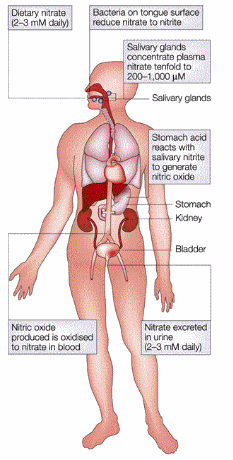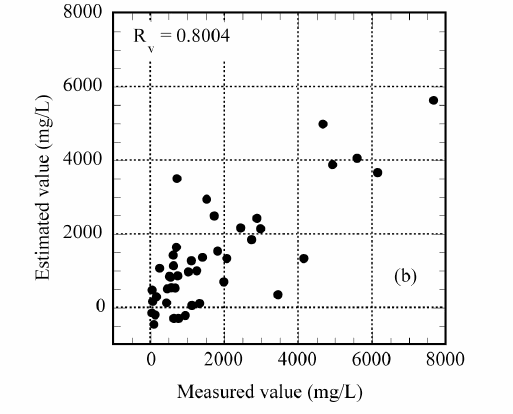When agricultural health monitoring is mentioned, several aspects needs to be considered. One main aspect is the quality of the vegetable leaf itself even if the plant is producing fruits. One has to monitor the total nitrogen content and moisture level in the leaf itself. Deficiency in nitrogen is reversible at the early stages of its growth, but if the plant grows to maturity with a nitrogen deficiency, it could impact its quality after harvest. Another aspect of agricultural health monitoring is to monitor the quality of the fruit before harvest. One can check the ripeness of fruit and its juice and sweetness content prior to harvesting and make sure they are ready to be picked. Near IR spectrometers have become an important instrument for agricultural health monitoring because they are inexpensive, light weight and can easily be deployed in the field. Analytical instruments are too heavy and sophisticated and can only be used in the laboratories. NIR is defined as the infrared region of the spectrum in the range 780-2500 nm. One can find several overtones and absorption bands of CH, OH, NH and SH in this region. The absorption bands are typically smaller in size and broader as compared to the fundamental bands in the mid-IR region. Figure 1 shows the deployment of an NIR instrument for in-situ measurement of the qualities of an unpicked fruit [reference 1]

Figure 1: Monitoring ripeness of fruits before picking using NIR
Monitoring nitrate content in vegetable leaves is also quite important. Excess use of fertilizers could lead to an excess of nitrate levels in vegetable leaves. Once these leaves are consumed by humans [Reference 2], the bacteria on the tongue surface and other mechanisms in the body turns them into nitrite which is carcinogenic and causes problems. Nitrate is part of the nitrogen cycle and is the more stable oxidation state as compared to nitrite and therefore the biggest source of human exposure to nitrate is through consuming vegetables such as spinach and lettuce. Once nitrate turns into nitrite in the body, the source of problem starts. Figure 2 shows the mechanism of nitrate turning into nitrite in the body [Reference 3]

Figure 2: Nitrate turns into nitrite in the body and the latter is carcinogenic

Figure 3: Rv indicates the regression coefficient for the validation set
Soil monitoring involves tracking the fertility of soil to provide nutrients to plants such as total Nitrogen (TN) [Reference 4]. Soil TN is quite important because it governs the production of chlorophyll in plants and also their protein content which regulate growth processes in plants. The Soil Organic Matter (SOM) is also another important parameter to track down [Reference 5]. The reason is excess use of herbicides could cause environmental pollution. Knowing the exact SOM could provide a recipe for a suitable herbicide level. Chemometric techniques need to be used in this case as well to estimate TN and SOM of the soil. Soil with higher organic matter content are generally darker and that prompted scientists several decades ago to monitor SOM. In order to do measurements from soil, soil samples are first, sieved and dried and then NIR reflectance measurements is done using the spectro-photometers. Chemometrics methods are once again used to pre-process the samples and also apply a PLS fit. The fit is then compared against the validation set and a regression coefficient is obtained that indicates the validity of the fit and the accuracy of the model.
Allied Scientific Pro offers the Nirvascan spectrophotometer that measures reflectance spectra and calculates absorbance in the range 900-1700 nm. The instrument uses Digital Light Processing (DLP) technology and hence gets away with a single element InGaAs detector instead of an expensive linear array detector. This makes the instrument very cost effective. It is also very light weight and portable with a user friendly app that can connect via Bluetooth and do in-situ measurements. For further information, refer to the following link.
https://nirvascan.alliedscientificpro . com/
References:
1- Online resource: NIR Platform Workshop, Quality control and contaminant detection, March 2013.
2- Development of Method for Non-destructive Measurement of Nitrate Concentration in Vegetable leaves by Near-infrared Spectroscopy, Hiromichi Itoh et.al, 18th IFAC world Congress, Milano, 2011.
3- Nitrate, bacteria and human health, Jon O. Lundberg et.al, nature reviews, microbiology, July 2004.
4- A portable soil nitrogen detector based on NIRS, Xiaofei An et.al, Precision agric (2014).
5- Soil Organic matter, CEC, and Moisture Sensing with a portable NIR Spectro-Photometer, K.A Sudduth et.al, Transaction of ASAE, Vol.36 (6), 1993.